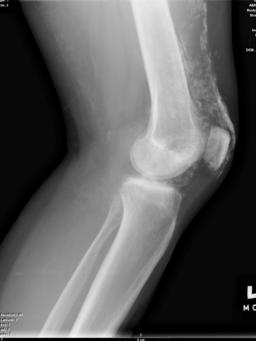This case-control, retrospective study was designed to reveal predictive signs of malignancy in dermatomyositis. Fifty-nine patients with confirmed dermatomyositis were reviewed for several parameters including demographic data, presence of cutaneous clinical characteristic, and altered laboratory tests, including ESR, serum muscle enzymes, neoplastic markers, and autoantibodies. Diagnostic procedures were also reviewed. Mean follow-up time was approximately 3 years for most patients, and, for the purpose of the case-control analysis, subjects were divided into those with and without malignancy.
Five patients had cancer prior to the diagnosis of dermatomyositis. An additional 9 patients were found to have a malignancy following their dermatomyositis diagnosis. There were no statistically significant differences between those malignancy and control groups with respect to any cutaneous manifestations or muscular weakness. However, an ESR of > 35 mm/hr had a sensitivity of 92.9% and a specificity of 93.3% in identifying dermatomyositis patients with malignancy. Although the exact relationship between dermatomyositis and malignancy is not clearly understood, it is generally accepted that adults with dermatomyositis warrant a malignancy screening. The use of ESR may provide a reliable and cost effective prognostic or predictive factor which may suggest the presence of a malignancy in dermatomyositis patients.
Amerio P et al. Usefulness of erythrocyte sedimentation rate as tumor marker in cancer associated dermatomyositis. Eur J Dermatol 2002; 12:165-9.
COPYRIGHT 2003 Journal of Drugs in Dermatology
COPYRIGHT 2003 Gale Group



